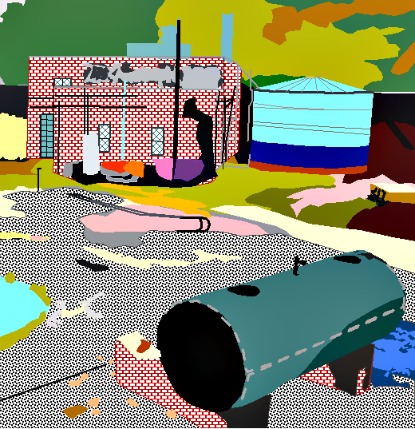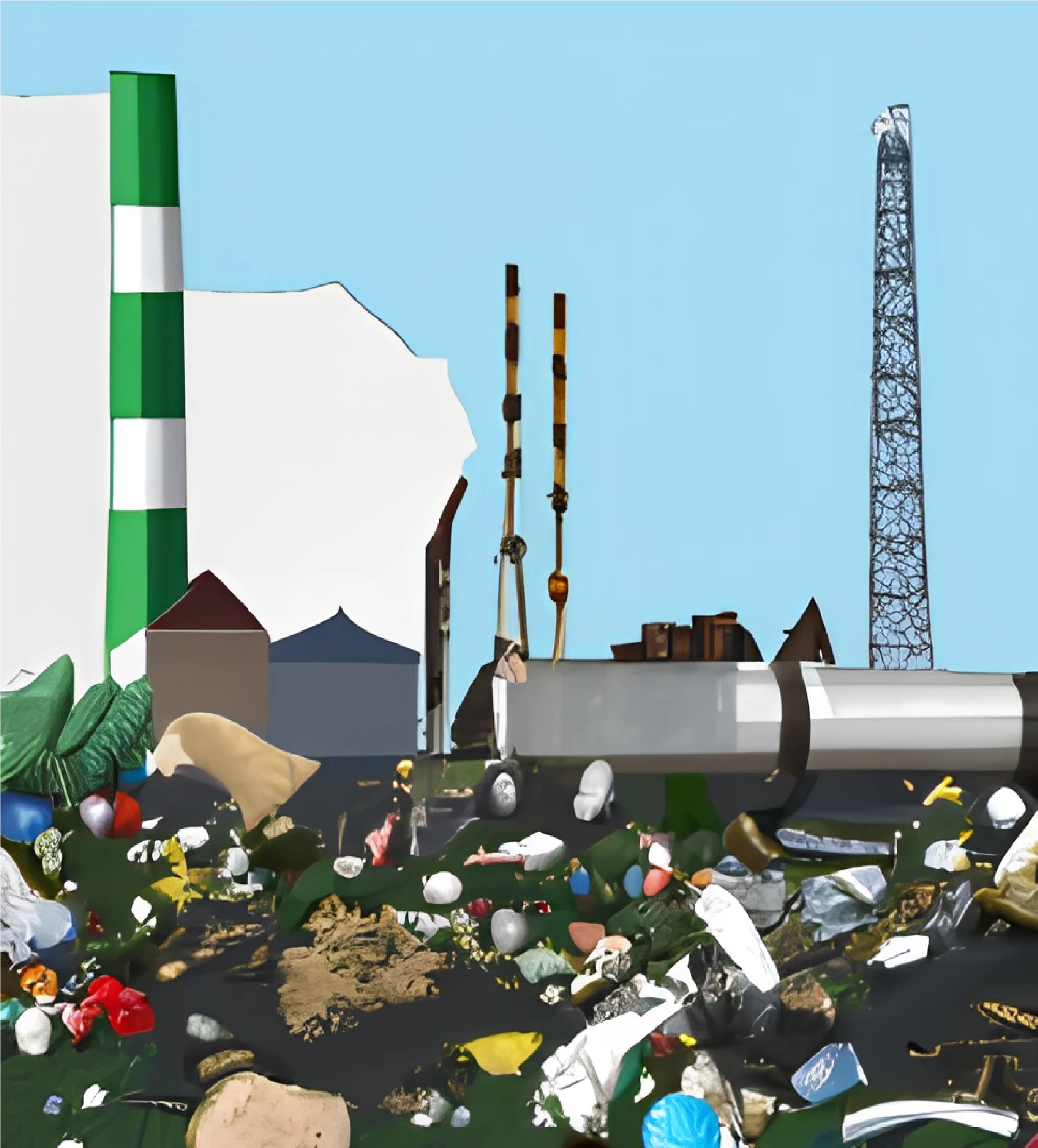- Air Homepage
- Employment
- Onsite Engineering and Environmental
The Power of Onsite Engineering and Environmental Assessments!
Find more about environmental quality.
What's the point of an onsite engineering and environmental assessment? You might just need one if you're about to buy or occupy property.
Want to buy or lease a property? Check out this guide to learn about the hidden ecological impacts and how to stay in control. From clean air to contaminated soil, we've got you covered. And have a look at the expert air quality tips below.
Are you worried about being held accountable for something you can't control? Any company or client considering using a property for business use should consider the ecological ramifications of previous activity, especially industrial activity. Here's a handy introduction.
Is there anything we can do to prevent it? Assessments of due diligence. Check if the site complies with environmental laws like the clean air and water acts. It's part of your due diligence, when you check everything out before signing anything.
Environmental engineers use Phase I to find potential liabilities you wouldn't otherwise know about. They could be on the ground, in buildings, or in equipment. Phase II of the assessment digs a little deeper, but soil samplers and groundwater analysis aren't everything. We're looking for polluting or controlled substances on the site. To be defensible, the process of assessment includes sampling, testing, and analysis. Confidence is built that way. There's also a Phase III that explains what to do if the site is contaminated, what remediation practices to use, and any paperwork you need.
Land ownership and Onsite engineering and Environmental Site Assessments
Depending on the contamination and the specific regulatory requirements of the jurisdiction where the property is located, a Phase I, II, or III onsite audit may require specific expertise.
An onsite engineering and environmental audit may be better for you if you're looking to buy property. It's still a non-intrusive Phase I and more detailed Phases II and III.
A bit more detail on each phase:
- An onsite audit is a type of environmental site assessment to evaluate a property's potential environmental liabilities. Phase I is where consultants review historical records, interview current and past owners, and inspect the property for environmental hazards. The Phase I Site Assessment also explores soil pictures and records, including historic aerial photos. In general, these engineers look for specific contaminants and data about previous operations.
- Phase II audits are conducted if Phase I investigation reveals possible contamination. To confirm contamination, soil, groundwater, surface water, and building materials are sampled and analyzed.
- Combined, Phase I/II onsite audits identify potential environmental liabilities that could impact the value and future use of a property. Buyers, sellers, lenders, and investors use the audit results to make informed decisions.
- Phase III is more involved, an onsite audit is a type of environmental investigation that follows a Phase I/II environmental site assessment.
- In a Phase III audit, the extent and severity of contamination is assessed, and a plan is developed for remediation or management. The full extent and nature of the contamination is determined by sampling and analyzing soil, groundwater, surface water, and building materials.
Site remediation plans are developed based on the results of the Phase III onsite audit, which may include strategies for cleaning up contaminated areas. In addition to meeting regulatory requirements, the remediation plan aims to minimize risks to human health and the environment.
Who can do these?
A team of professionals with different backgrounds and skills is usually needed for environmental site assessments, like Phase I, II, and III onsite audits. These types of audits require expertise in:
- Consultants: Consultants conduct site assessments and provide technical expertise on environmental regulations, sampling, and analysis.
- Engineering: Environmental engineers understand the physical and chemical properties of contaminants and can design remediation plans.
- Geoscientists: They understand how contaminants move through soil and groundwater because they know the geological formations.
- A hydrogeologist studies groundwater and can give you insight into how it flows and whether it's contaminated.
- Environmental regulatory experts know a lot about environmental regulations and can help with compliance and permits.
- Environmental Risk Assessment Experts: Risk assessment experts assess the potential risks associated with environmental contamination and provide risk management advice.
See information on air quality if that is also a concern.
Air is our specialty! Does the property have a facility that produces air emissions? If so, contact atmospheric modelling division at Calvin Consulting Group Ltd., CCGL, about atmospheric regulatory and compliance issues. Reach expert air consulting services at:

Looking for you next career move in this field? Some suitable environmental science jobs and environmental engineering careers can be found through the Environmental Health and Safety Jobs page.
Search this site for more information now.
Making Real Estate Decisions?
Purchasing business or industrial property comes with caveats. Care in choosing ought to include onsite engineering and environmental reviews.
Do you have concerns about air pollution in your area??
Perhaps modelling air pollution will provide the answers to your question.
That is what I do on a full-time basis. Find out if it is necessary for your project.
Have your Say...
on the StuffintheAir facebook page
Other topics listed in these guides:
The Stuff in the Air Site Map
And,
Thank you to my research and writing assistants, ChatGPT and WordTune, as well as Wombo and others for the images.
GPT-4, OpenAI's large-scale language generation model (and others provided by Google and Meta), helped generate this text. As soon as draft language is generated, the author reviews, edits, and revises it to their own liking and is responsible for the content.





New! Comments
Do you like what you see here? Please let us know in the box below.